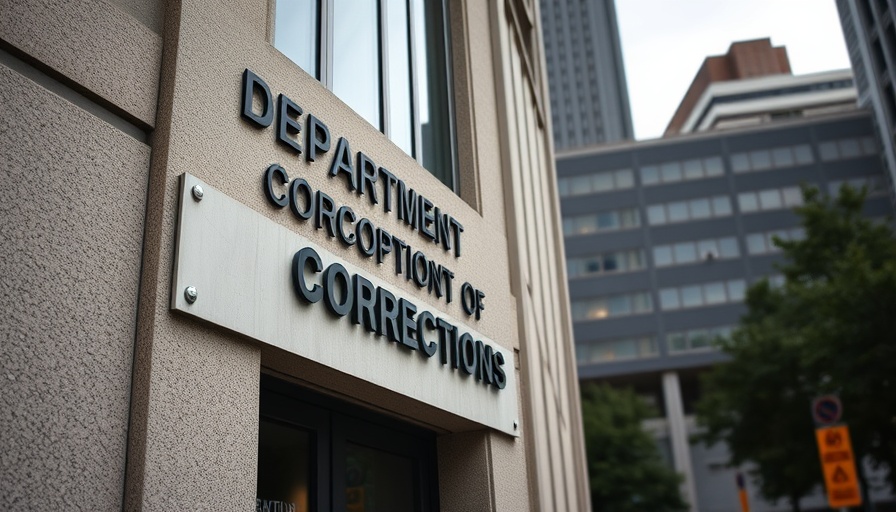
Document Confusion: Who's Really to Blame?
The Arizona Department of Corrections and the Pinal County court are embroiled in a heated blame game following the mistaken release of inmate Shane Hounshell. His early release poses not only questions about individual accountability but also about systemic flaws within the judicial process. Hounshell's release, which occurred eight months prior to the end of his sentence, highlights the dangers of ambiguous court documentation that can lead to significant legal consequences for both inmates and the institutions responsible for their oversight.
Family Struggles and Legal Miscommunication
Family members of Shane Hounshell have expressed their frustration over the proceedings, challenging the narrative laid out by state officials. According to Shannon Hounshell, the ambiguity stems from multiple court minute entries, leading to confusion regarding the applicable conviction. This situation adds a personal dimension to an already complex issue, showing that mistakes in the judicial system do not only affect the incarcerated but reverberate through their families as well. Such experiences underline the critical need for improved communication among the various branches of the justice system to prevent future missteps.
The Consequences of Overlapping Jurisdictions
This incident is not isolated; it reflects a broader problem involving coordination between the courts and the Department of Corrections. Hounshell’s case brings attention to the impact of overlapping legal jurisdictions and the risks that arise when systems fail to communicate effectively. As corrections officials pointed out, the misunderstanding about Hounshell’s modified sentence was not merely a mathematical error but a result of documents that failed to provide clarity. The failure to clearly delineate terms in court documents can drastically affect sentences, rehabilitation efforts, and the overall function of the justice system.
Looking Forward: Avoiding Future Mistakes
Given the mounting pressures on the judicial system, it’s essential to consider strategies that ensure greater accuracy and clarity in legal proceedings. One immediate step could involve establishing standardized communication protocols between legal entities to ensure that sentences and their modifications are transparent and easily understood by all parties involved. Additionally, ongoing training for court clerks and correctional staff regarding legal documentation could prevent such issues from arising in the future.
The Role of Advocacy in Justice
The Hounshell family’s determination to seek accountability showcases the vital role that advocacy plays within the justice system. Engaging with legislators and raising awareness of their plight reflects a growing trend among families impacted by systemic failures. Such advocacy not only seeks justice for individuals but also strives to create systemic reforms that benefit future cases.
Civic Engagement: Know Your Rights
Cases like Shane Hounshell’s emphasize the necessity of civic engagement among citizens. Knowledge about one’s rights, understanding the legal system, and its potential pitfalls can empower families and individuals to advocate effectively for themselves. Encouraging community education regarding legal processes serves as a preventive measure against misunderstandings that could lead to unjust outcomes.
In the wake of this incident, it is critical for Maricopa County residents to engage with local news outlets and platforms to follow updates and understand their rights within the system. Shining a light on systemic issues like these paves the way for legislative changes that can improve justice administration in the future.
 Add Row
Add Row  Add
Add 




Write A Comment